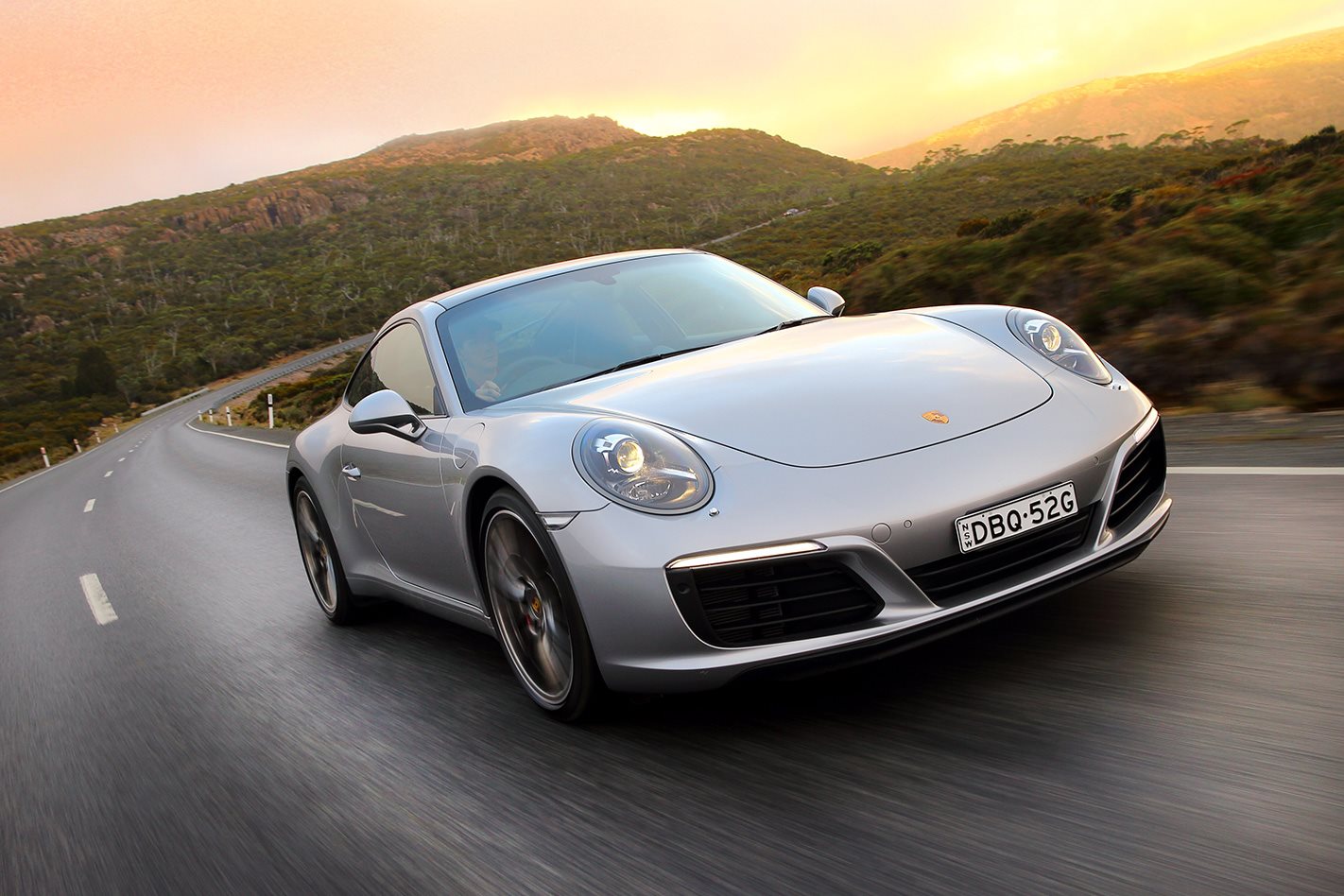Driving the turbocharged Porsche 911 Carrera on Tasmanian roads shows it is more potent than ever. But has it traded away character?
WHAT IS IT? Controversy, wearing four wheels and a Porsche badge. Porsche has changed the recipe of its sportscar icon, the 911, by ditching the Carreras’ high-revving 3.4- and 3.8-litre naturally aspirated engines in favour of, gasp, smaller turbocharged units.
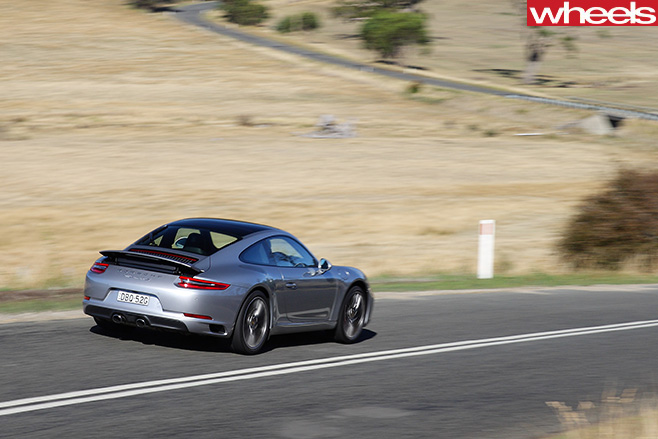
MAIN RIVALS Jaguar F-Type, Porsche Cayman, Aston Martin V8 Vantage, Nissan GT-R, Audi R8
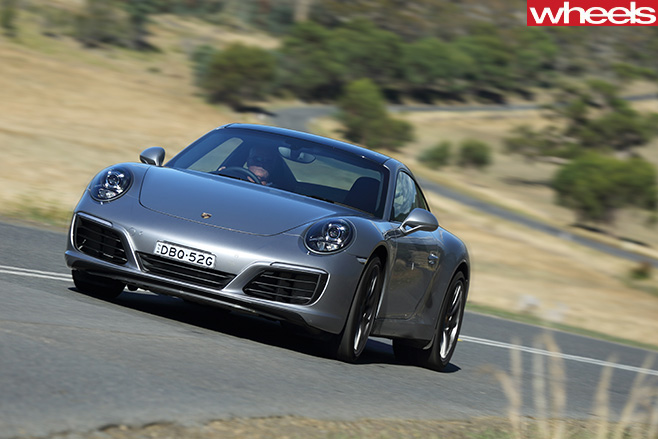
PLUS: New 3.0-litre turbo is a cracker; efficiency boost; faster and grippier; doesn’t feel turbocharged MINUS: Lacks effervescence of old atmo lumps; doesn’t sound as good either; more expensive; tyre roar

Unless you’ve fallen off the planet, you’ll know Porsche has turbocharged the Carrera. Purists have been moaning about it for months, and rightly so. No other sports car is as fiercely protected as the 911, and now, after 53 years of dogged naturally aspirated tradition, Porsche has switched to a new 3.0-litre twin-turbo flat six.
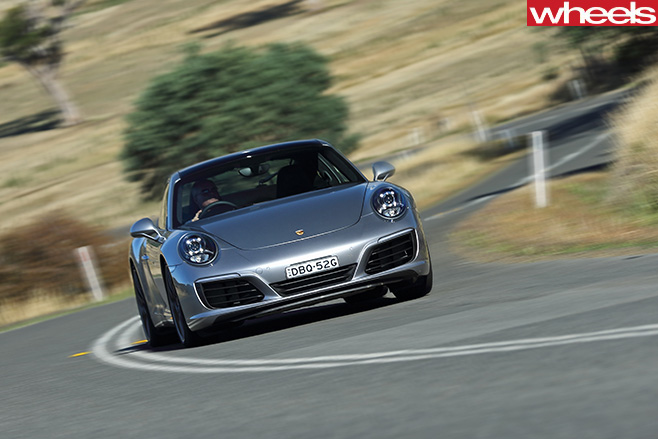
And of course, turbocharging means it’s now more fuel-efficient, with Porsche’s boffins claiming a 12 percent improvement in real world driving.
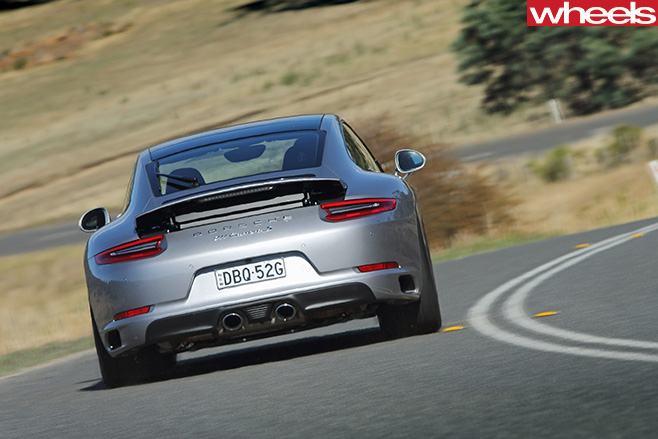
Time to nail the throttle. Hard. Second gear, right foot pinned. I’m in a base Carrera PDK and the new donk responds instantly from 2000rpm, the power delivery is linear and the noise, as the flat-six howls to its 7500rpm redline (which is just 300rpm less than the old rev-happy atmo donks), still has that unmistakable flax-six rasp. It’s an experience eerily similar to the old car, but drive it more and differences begin to surface. The bottom end of the rev range is more muscular and there’s so much extra twist, you quickly find yourself blasting through corners a gear higher than you would have in the old car.
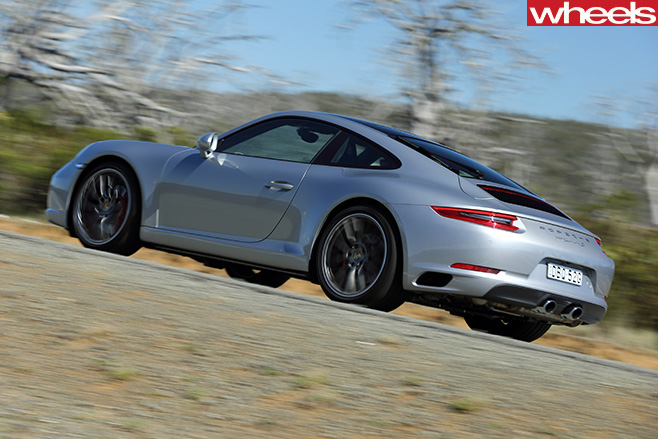
The consolation, though, is a significant boost in speed. Acceleration numbers are one thing, but on twisty Tassie roads the base Carrera and particularly the even more ferocious S are seriously rapid.
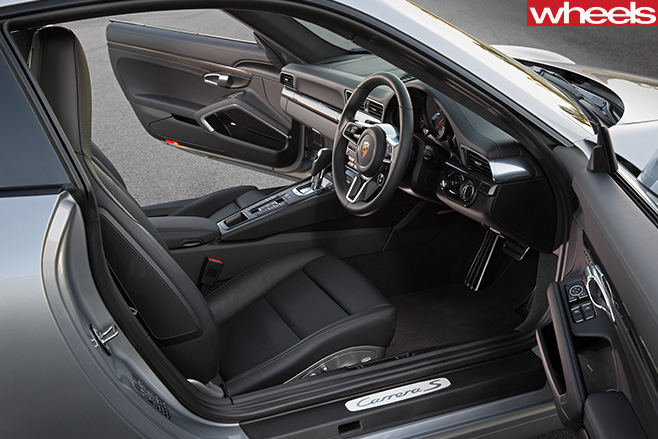
So has the switch to turbo power ruined the 911? Hardly. Porsche has transitioned to turbocharging so seamlessly that this new Carrera is not only more efficient, but also grippier and noticeably faster. Yes, some of the magic and rawness of the old car is gone. But all things considered, the trade off is a just one.
SPECS Model: Porsche 911 Carrera S Engine: 2981cc horizontally opposed 6, dohc, 24v, twin-turbo Max power: 309kW @ 6500rpm Max torque: 500Nm @ 1700-5000rpm Transmission: 7-speed dual-clutch Weight: 1440kg 0-100km/h: 4.1sec (claimed) Fuel economy: 7.7L/100km Price: $258,750 On sale: March 2016


